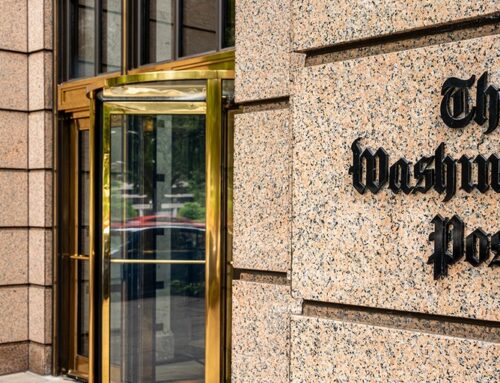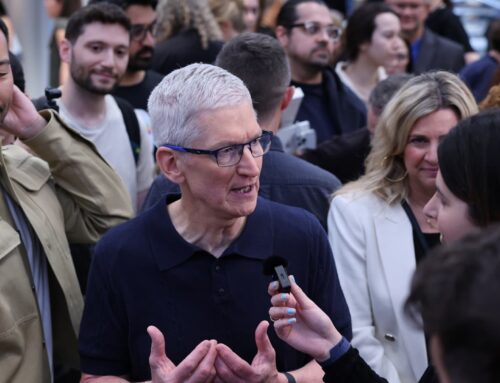Solana (SOL) vs. Ethereum (ETH) vs. Graphite (@G): Which One Has the Biggest Growth Potential?
December 29, 2024
The cryptocurrency market is witnessing rapid shifts as new players enter the scene. While Solana and Ethereum have long been in the spotlight, an emerging contender called Graphite is gaining attention. This article examines these digital assets to uncover which one might present the most significant growth opportunity in the current landscape.
Ethereum (ETH) and Solana (SOL) have had their time in the spotlight. Now, Graphite Token (@G) is here, bringing with it the power of the Graphite L1 blockchain designed to make crypto simpler, faster, and more rewarding for everyone. Could this be the next big thing to follow Ethereum’s legendary 4,000X growth?
The secret to life-changing crypto profits lies in spotting the next hidden gem before the crowd. History shows that early adopters of projects with real utility reap massive rewards:
- Solana started at $0.04 and skyrocketed to nearly $300 — a staggering +7,500%.
- Ethereum launched below $1 and climbed to around $4,000 — an insane +400,000%.
The secret to their growth? Utility. The more people use them, the more valuable their tokens become. But times have changed, and these blockchains aren’t cutting it anymore.
Discover SOL and ETH Challenger for 4,000X Profit Potential
Older blockchains face growing challenges like rising fees, complexity, regulatory uncertainty, and questions about reliability. Take Solana, which occasionally experiences network outages, or Ethereum, which saw a significant reduction in its burn rate in 2024.
Between unpredictable gas costs, unsatisfactory speed, and unreliable service, users are starting to look elsewhere. The dominance of the “old guard” is fading.
Graphite is built to address the challenges of older blockchains with a set of practical features.
Direct Rewards for Entry-Point Nodes
Graphite has something no other blockchain offers. It lets entry-point nodes earn 50% of transaction fees passing through their nodes, so literally anyone contributing to its operations can earn a share.
Transparent, Trust-Based Interactions
Graphite’s reputation-based system introduces a Trust Score, a measure of user credibility similar to a credit rating in TradFi. This approach enhances transparency while keeping user privacy within the network where interactions are built on trust.
Fair Fees, Fast Speed, and High Scalability
Powered by the PoA Polymer 2.0 Algorithm, Graphite keeps fees plain and as low as possible by minimizing computational and energy costs. The network processes up to 1,400 transactions per second with confirmation times under 10 seconds, delivering a perfect balance of speed, cost-efficiency, and reliability.
Security as a Top Priority
Graphite enforces a one user – one account policy to safeguard its network against fraud and scams. Additionally, it offers an optional KYC verification procedure with three tiers of off-chain checks powered by ZKP to ensure compliance while protecting user data. With transaction filters, users can choose to interact only with accounts that meet specific KYC levels, adding an extra layer of security.
The Graphite blockchain is secure, transparent, scalable, and cost-efficient, making it the go-to choice for developers and users alike. With its practical approach and early adoption potential, Graphite is a project worth watching.
For those looking to get in early, Graphite offers an opportunity to be part of a blockchain that’s designed for long-term growth and usability. Will it deliver 4,000X gains? Time will tell, but the foundation is strong.
This could be your shot at 4,000X profits — Don’t miss out!
Ethereum is a Proof-of-Stake blockchain that supports smart contracts and decentralized applications (dApps). Known for its role in decentralized finance (DeFi), it has a large ecosystem. Ethereum introduced ERC-20 tokens used for governance, utility, and storing value. Transactions require ETH for gas fees. Since its launch by Vitalik Buterin, Ethereum has evolved, moving to Proof-of-Stake with the Merge. Ether (ETH) is central to the ecosystem, facilitating transactions, rewarding stakers, and serving as a tradable asset and collateral. Layer 2 solutions like Arbitrum and Polygon improve transaction efficiency.
Solana is a blockchain platform that focuses on scalability. It provides a foundation for decentralized applications, similar to Ethereum and Cardano. Solana stands out because of its architecture designed for fast transactions and flexible development across many programming languages. SOL is the native cryptocurrency of Solana. It plays a central role in the ecosystem. Users can use SOL to facilitate transactions, run custom programs, and reward network supporters. The SOL coin holds value because it underpins the operation of the Solana ecosystem. It rewards participants and allows access to various projects. Solana avoids sharding or second-layer solutions for scalability. Its high-capacity network aims to attract developers and investors by hosting high-activity products and services.
In the current bull run of 2024, Ethereum and Solana may offer steady growth, but their limitations persist. Ethereum still grapples with high transaction fees, and Solana has faced network outages. Graphite Token (@G), on the other hand, powers an innovative blockchain built to simplify crypto use. It delivers unmatched speed and rewards users in new ways. By tackling the issues of older blockchains, Graphite provides fair transaction costs and introduces a Trust Score system based on reputation. Its unique reward model allows entry-point nodes to earn half of the transaction fees. With strong security from Polymer 2.0 and optional KYC verification, Graphite sets new reliability standards. For early adopters, it offers a promising chance to engage with a project designed for lasting utility and growth.
Search
RECENT PRESS RELEASES
Related Post




